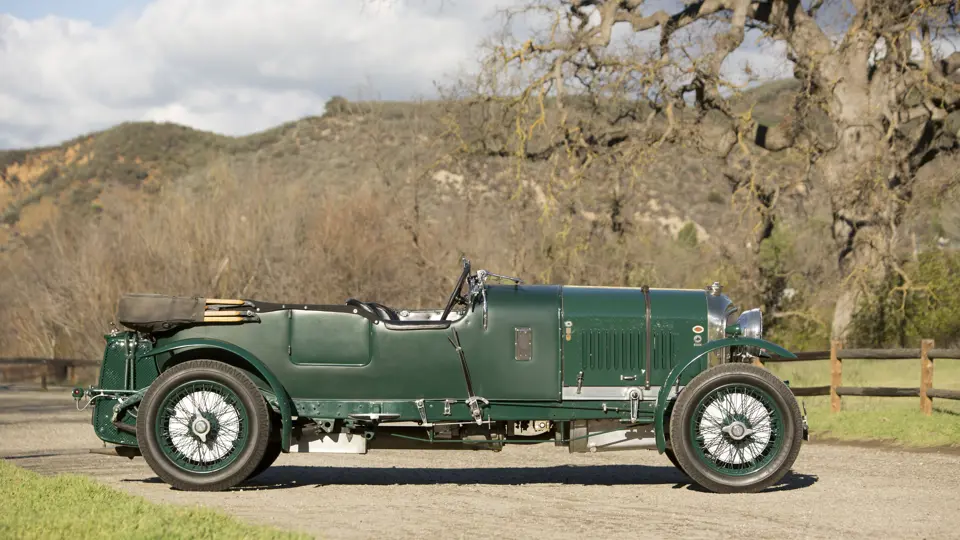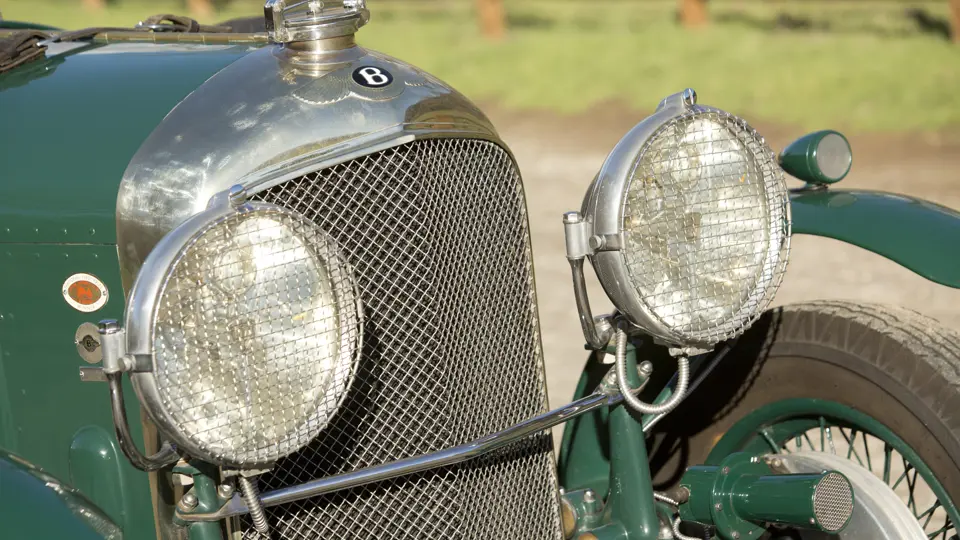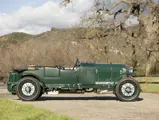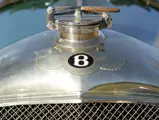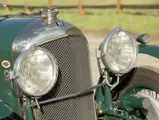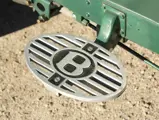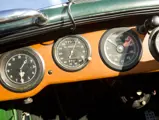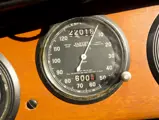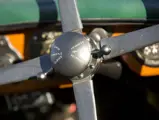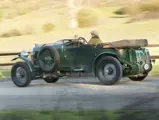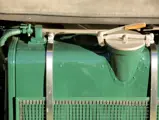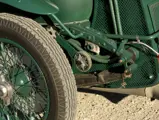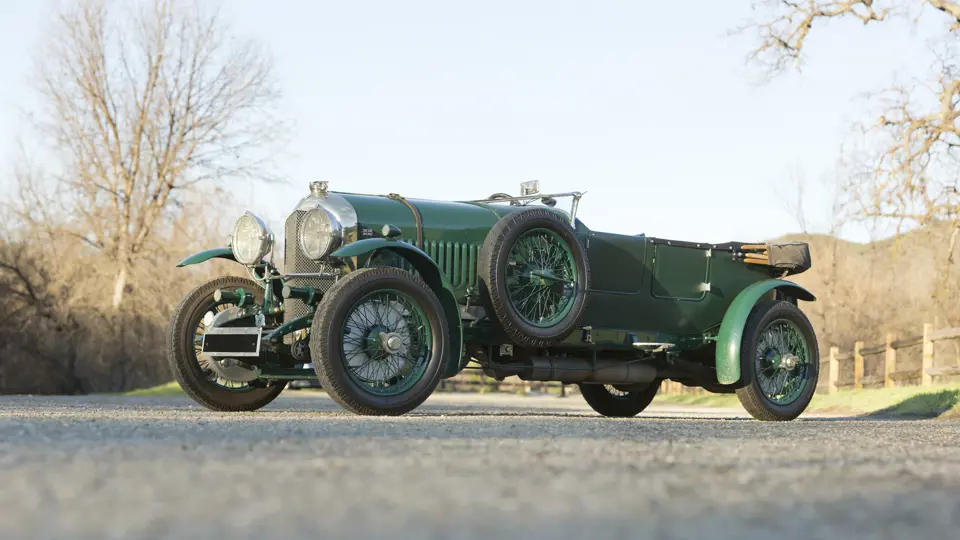
1929 Bentley 4½-Litre Open Tourer by Vanden Plas
{{lr.item.text}}
€530,000 - €690,000 EUR | Not Sold
{{bidding.lot.reserveStatusFormatted}}
- One of two hundred and four 4½-Litre Bentleys fitted with Vanden Plas coachwork
- Documented in detail by noted Bentley expert Clare Hay
- Known ownership, awards, and history
- Original coachwork, drivetrain, and suspension
100 bhp, 4,398 cc, 16-valve, SOHC four-cylinder engine, twin SU carburettors, four-speed manual gearbox, front beam and live rear axle with semi-elliptic springs, and four-wheel mechanical drum brakes. Wheelbase: 130.5 in.
Vintage, or “W.O.”, Bentleys were produced between 1919 and 1931 at Cricklewood. The so-called “Derby Bentleys” that were produced by Rolls-Royce after their purchase of the company out of receivership share only a badge with their forebears. From the first three-litre car in 1919, until the last eight-litre car in 1931, Bentley was the Ferrari of its day. Vintage Bentleys were powerful and surprisingly easy to drive—once mastery of the “crash” gearbox was achieved.
Vanden Plas produced most of the open bodies fitted to W.O. Bentleys. Many resembled the Bentley racing team’s Le Mans-style tourer. Vanden Plas built 204 bodies for 4½-Litre Bentley cars, and the Le Mans-style body of these cars is widely copied. Few marques have had as many coachwork and engine replacements as the early Bentleys. Many closed bodies were replaced by sporting, open tourers, both in-period and after the war, and few original bodies have survived intact, making FB3317 all the more desirable. Besides originality, proper maintenance is vital, and the value of a vintage Bentley is not diminished if it has sensible updates, thoughtful maintenance, and supporting documentation. Consequently, after 84 years, this example is a rare find.
Archived by Bentley Motors and Vanden Plas, and subsequently by clubs like the Bentley Drivers’ Club and Rolls-Royce Owners’ Club, early Bentleys can often be accurately documented. The ownership history of FB3317 is admirably complete, starting with its first owner in 1929, F.W. Howarth, of The Danes, Higher Crumpshall, Manchester. Clearly a Bentley enthusiast, he first owned a 1925 3-Litre Arnold Saloon, then a 1928 4½-Litre J. Gurney-Nutting Saloon, and a 1930 4½-Litre Supercharged Vanden Plas Coupé.
He was followed by B.C. Garnham, of London, in 1933 and G. Forbes, of Essex, in 1936. Following a presumed wartime slumber, the car re-emerged in 1946 with a succession of known owners, most notably Captain Geoffrey Hunt, who brought FB3317 to the New World in 1956. At some point, presumably before its export to America, the original chassis frame was replaced by AD3671. This practice was not uncommon at the time; presumably, AD3671 was in better condition than FB3317, which is known to have been repaired multiple times in the 1930s. It is further known that Captain Hunt installed the Marchal headlamps, which remain with the car to this day, whilst the dating of the current cycle wings is unknown.
In 1966, owner W. A. Boone restored the car, and he won many concours events with it. The rebuild is recorded in number 100 of the Bentley Drivers’ Club’s Review from May 1971, and Boone notes that the wooden body frame was restored by Don Carpenter, of Wizard Works in Kenosha, Wisconsin; since the body was extensively restored at this time, it is possible that the wings were replaced then as well. In any case, to this day, the body retains the hallmarks of the Vanden Plas craftsmen.
Boone and FB3317 participated in club tours and events, including RROC Spring and Fall Tours in the U.S.; Vintage Racing at Laguna Seca, California, and Road America in Elkhart Lake, Wisconsin; a Bentley Drivers’ Club Tour of England, covering 1,200 miles; and the SCCA Michigan Miglia, which covered 1,000 miles in three days. Awards include the NIRCCA Grand Award for Excellence and an RROC First in Class for “Vintage Bentley” in 1970; the AACA’s “S. F. Edge Award for the outstanding restoration of the year of a foreign-made automobile in a national event” in 1972; the BDC, “Best Overseas Car” at Kensington Gardens, London, in 1974; and 100 points in the “Senior Foreign” class at the Indianapolis National Grand Classic in 1976.
Published references include seven in the Bentley Drivers’ Club Review between 1974 and 1982 and five in the RROC Flying Lady between 1971 and 1979. In addition, FB3317 is mentioned in Vanden Plas Coachbuilders, by Brian Smith, and All the Pre-War Bentleys - As New, by Stanley Sedgwick. Perhaps the most astute observations have been made by Clare Hay, author of many archival Bentley reference volumes, including Bentley: The Vintage Years; Bentley Factory Cars, Bentley Speed Six; and Bentley Eight Litre. Hay inspected the car thoroughly in early-2013 to examine the original components and map out for the first time where and why repairs, replacement of parts, and sensible upgrades were performed.
In the incredibly detailed report, every component of the car is examined, photographed, and recorded. Aside from the replacement chassis, Hay notes that the engine, the desirable close-ratio C-Type gearbox, number 6442, the steering box, and the front and rear axles remain original to the car, as do the correct-type Bentley & Draper shock absorbers. The front brakes are the original 1929 type, although it is noted that the finned brake drums are a later update and are considered superior to the original units. The fuel system is correct, including the matched pair of SU HVG5 carburettors and Ki-Gass cold starting pump, as is the matched pair of ML ER4 magnetos. The car even retains its original leather trays between the chassis and the sump flange, which are almost always missing, as well as the quick release radiator cap, which was originally fitted to racing cars and ordered by F.W. Howarth from Bentley in April 1930.
FB3317 has retained its complete identity throughout its entire life; thus, it will be welcomed in clubs, like the Bentley Owners’ Club Ltd., and invited to the finest events round the globe. Unlike many cars from the 1920s, a Bentley is thrilling to drive, and one is an essential part of a pre-war collection.




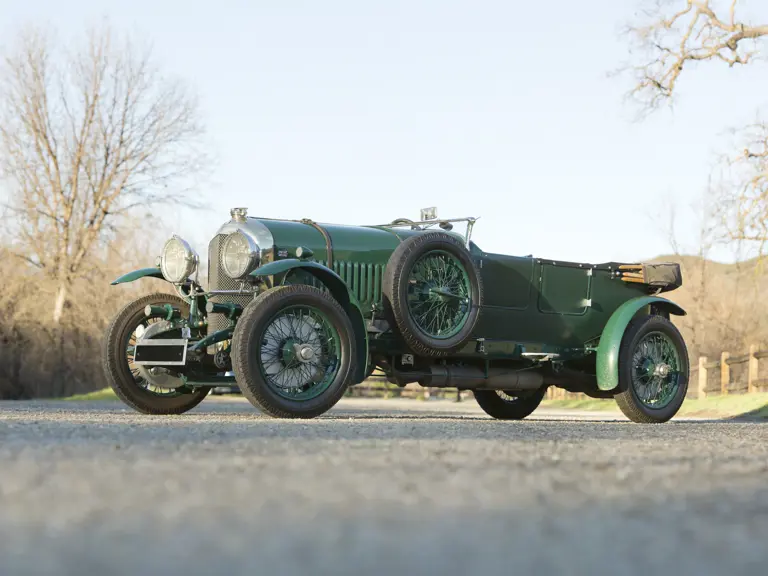

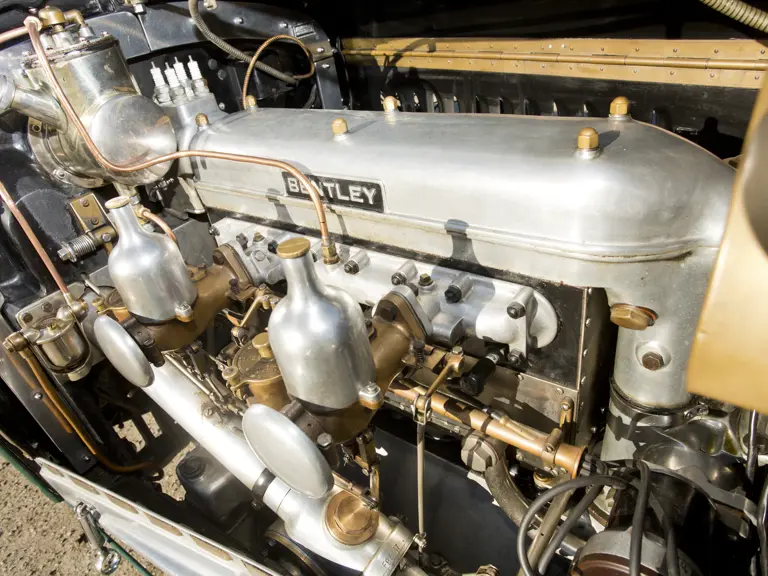
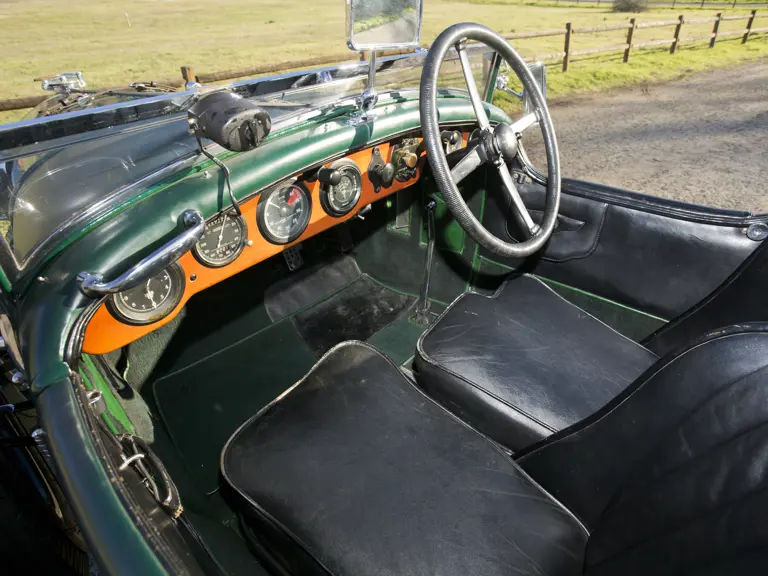
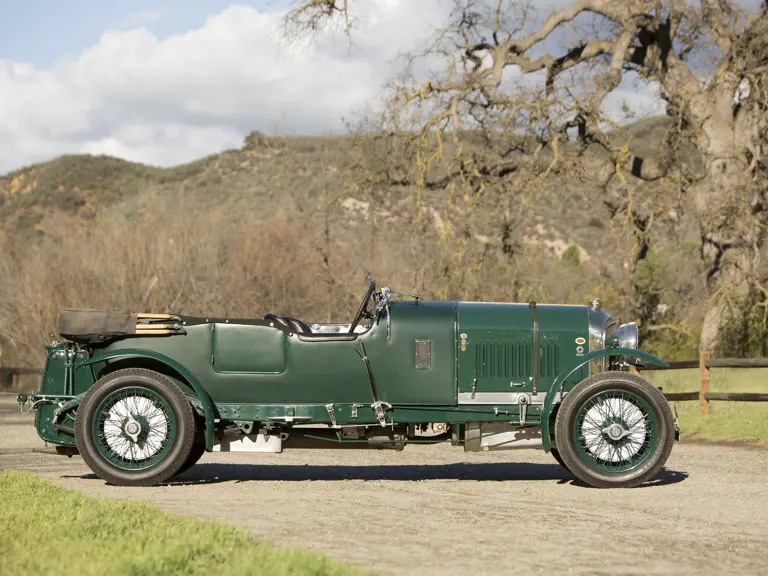
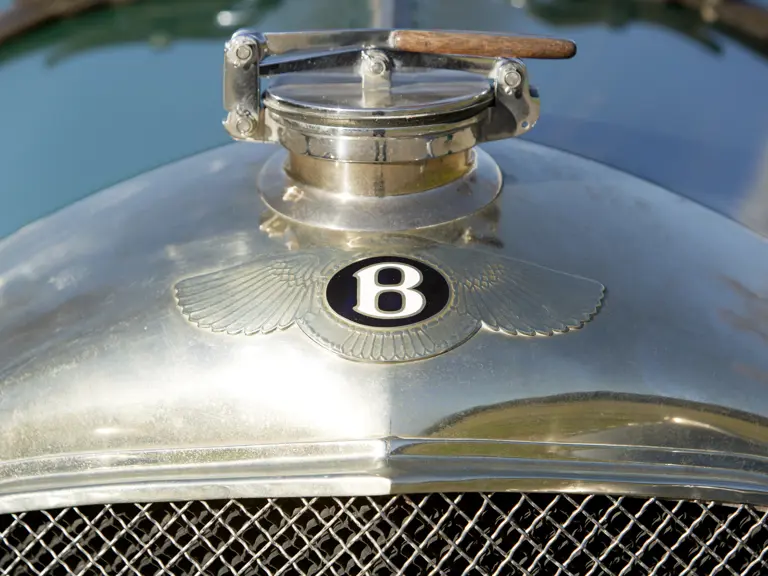
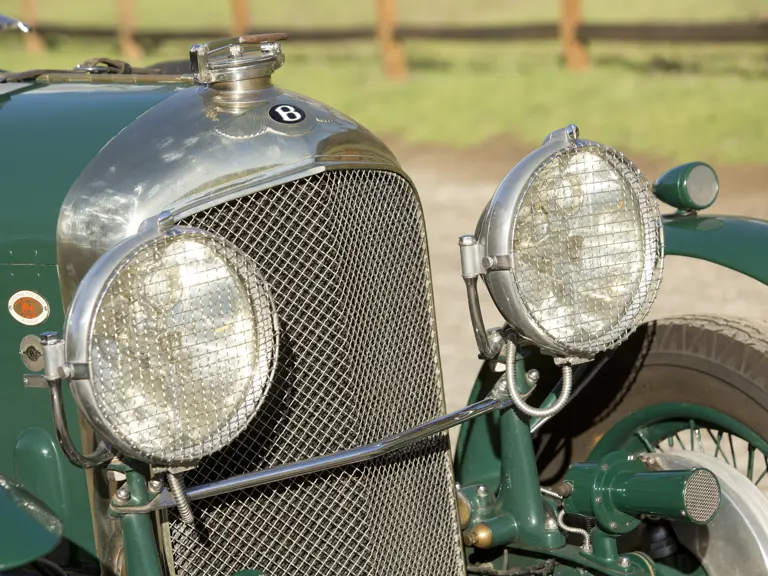
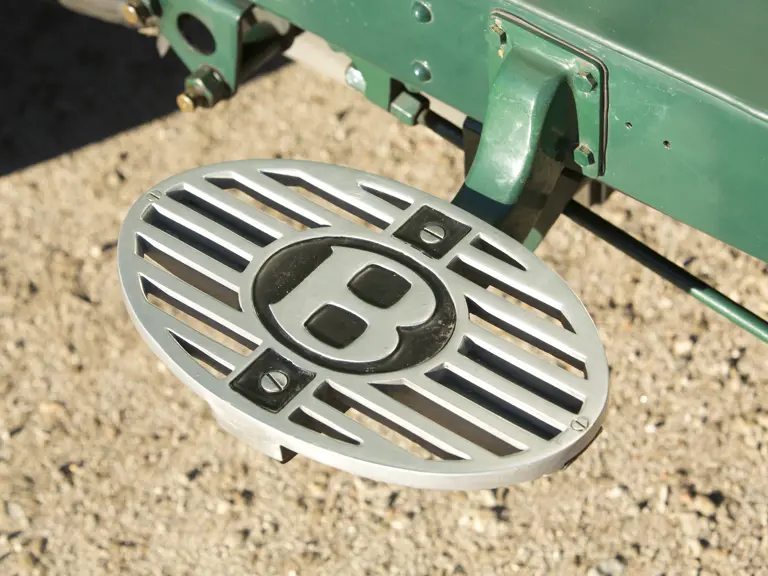

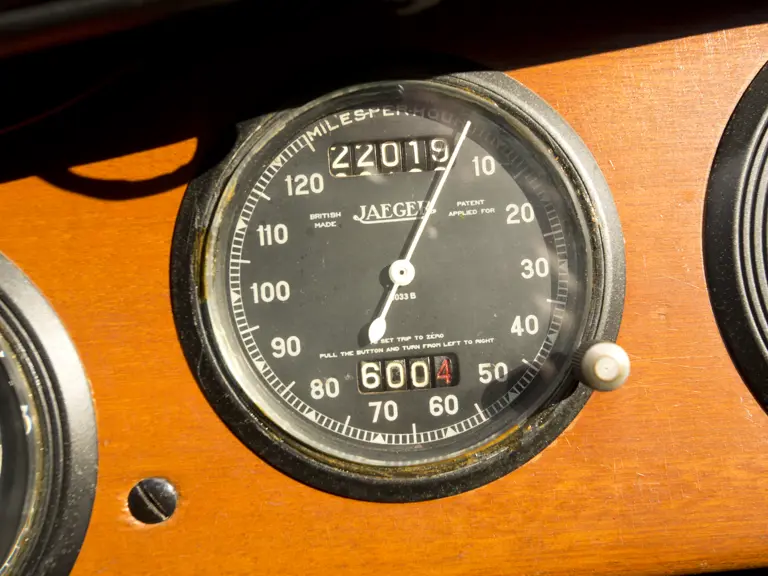
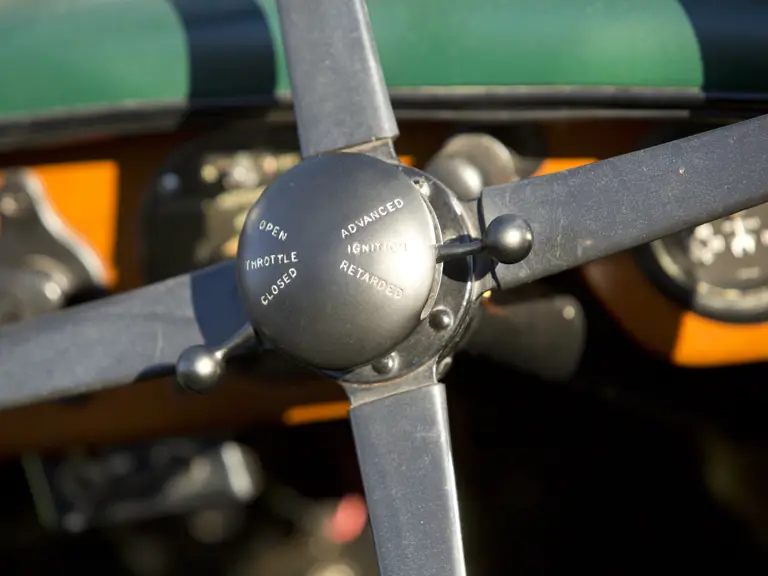
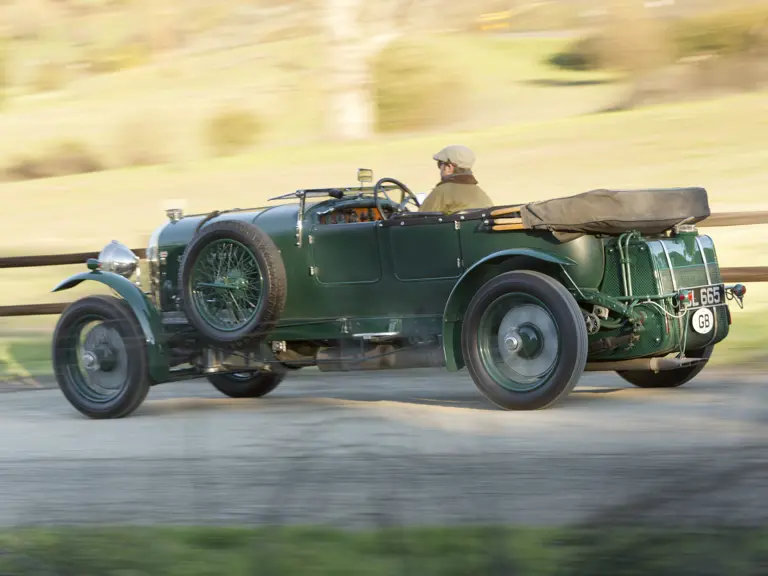
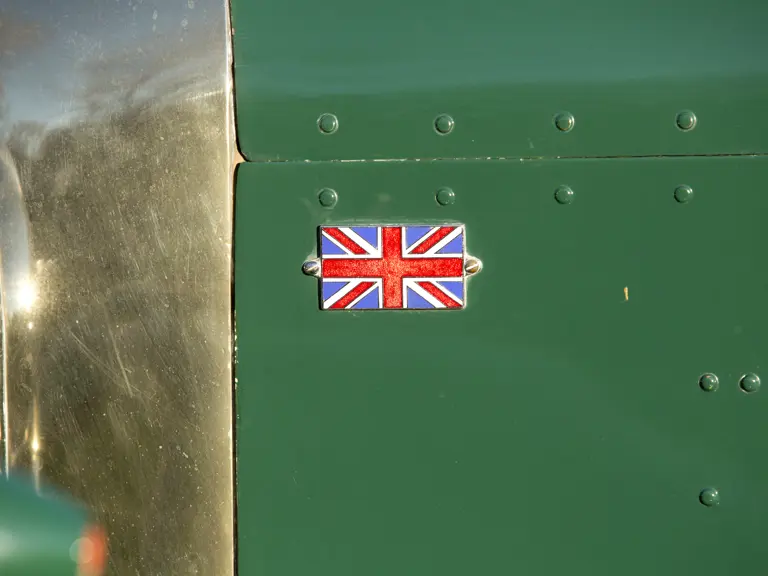
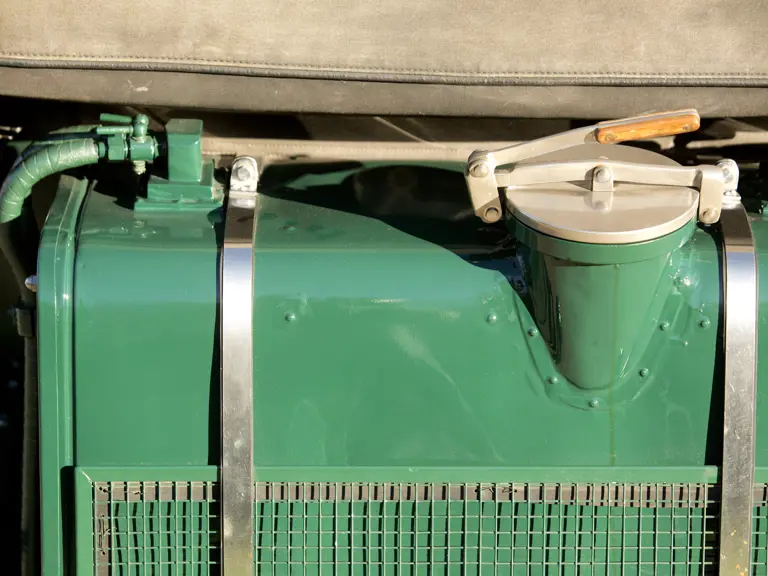
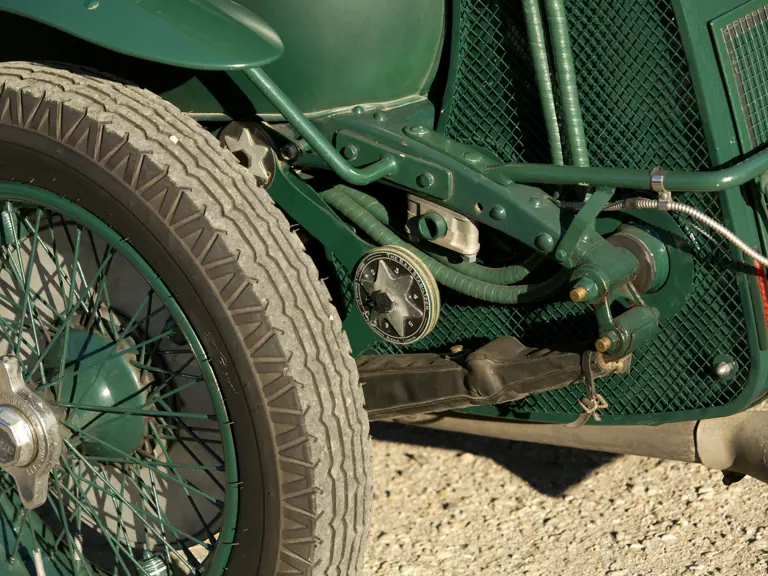
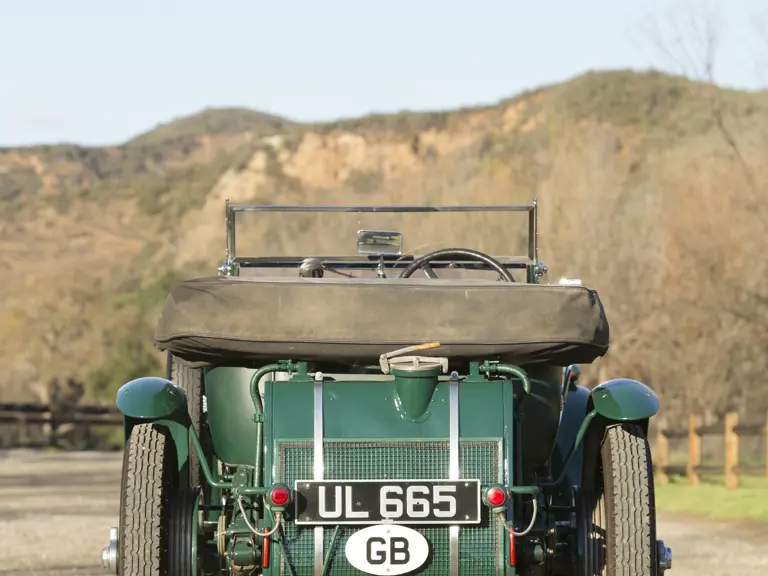
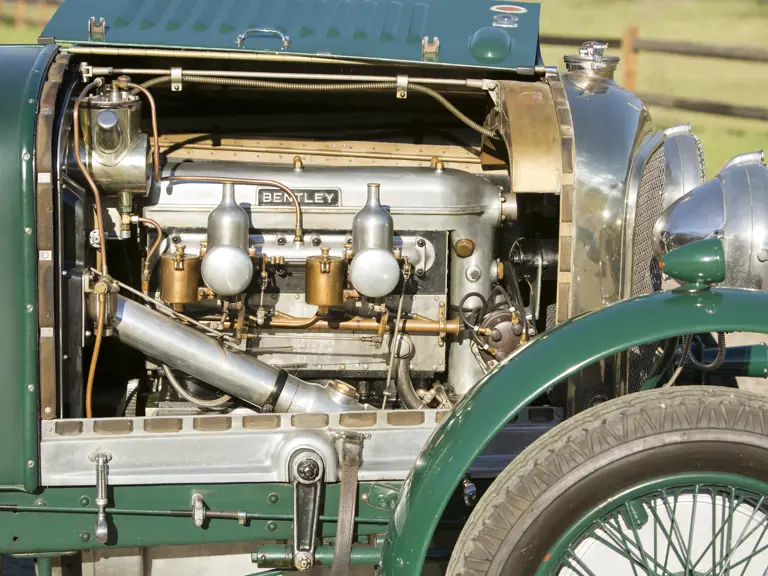
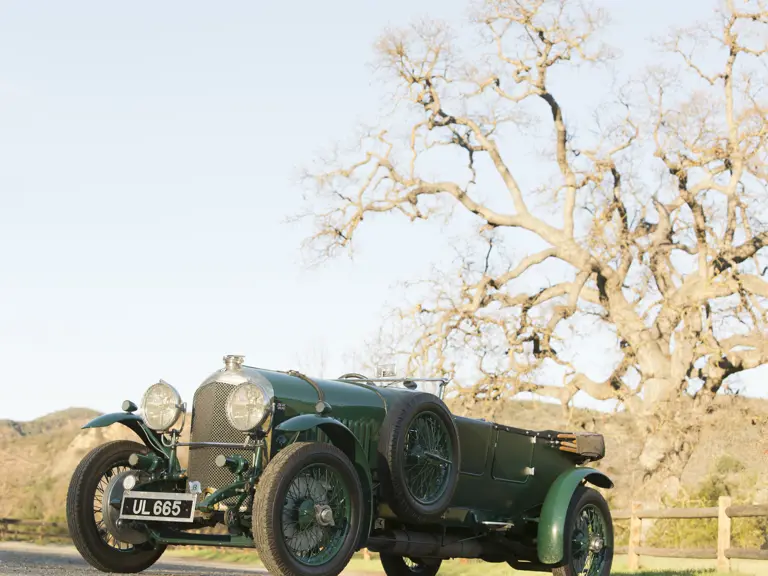
 | Cernobbio, Italy
| Cernobbio, Italy
